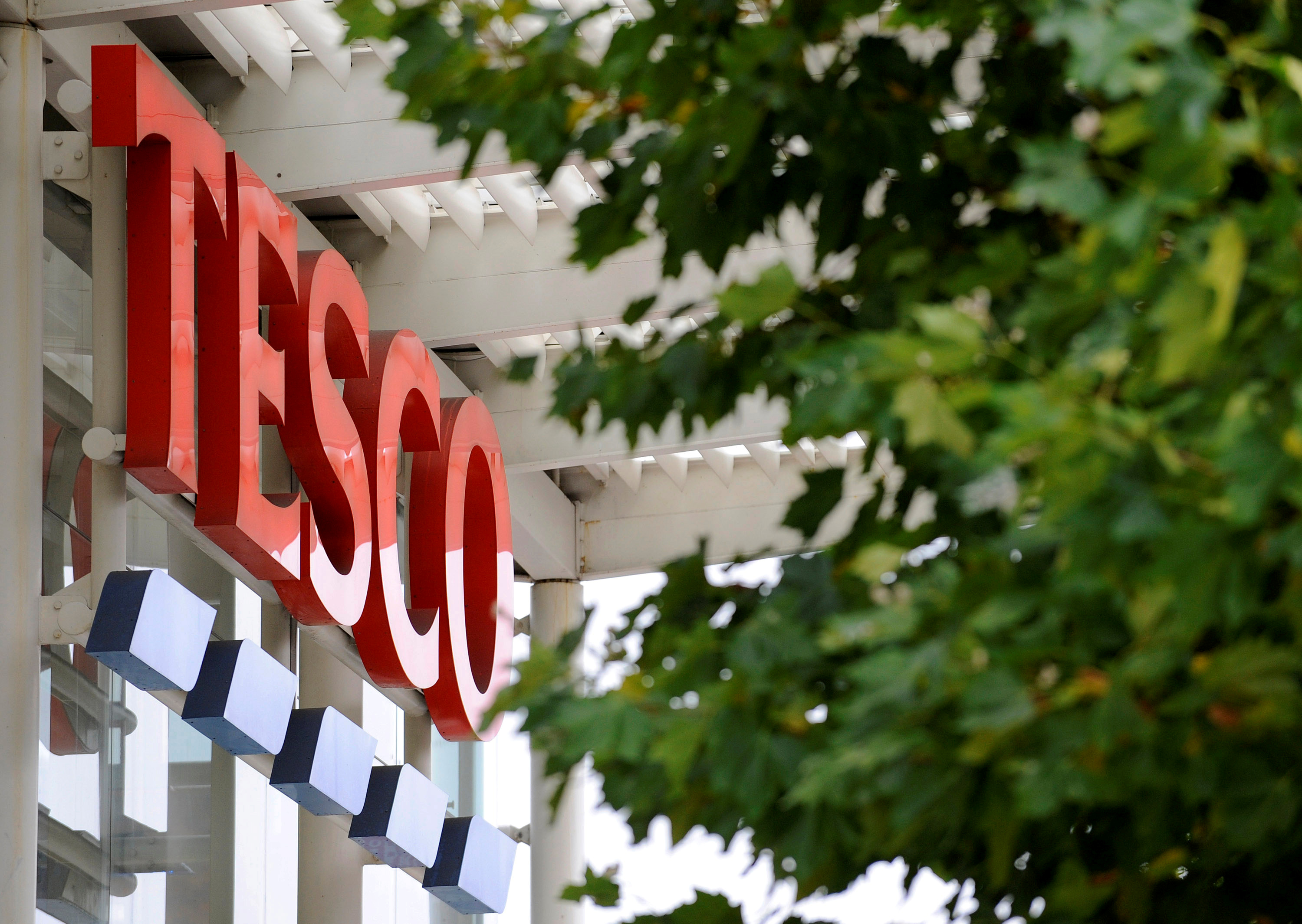- Sometimes, non-American brands like Ikea and H&M can find enormous success when they come to America.
- Unfortunately, not every company can adapt to the American marketplace. Japanese automaker Suzuki, for example, filed for Chapter 11 bankruptcy in 2012 after it failed to crack the American market.
- Here are six international companies that didn’t make it big in the US.
- Visit Business Insider’s homepage for more stories.
America isn’t always the land of opportunity. Sometimes, it’s a breeding ground for failure and bankruptcy.
Successful chains in other countries often come to America to expand their brands. Sometimes – as in the case of the Swedish-born Ikea – it works out. Other times, it can fail miserably. British grocery chain Tesco had stores in China, India, Malaysia, and across the EU. But when the chain entered America, the result was far from successful.
Here are six international brands that failed to become successful in the US.
Tesco is a British grocery chain that experienced success across the world. There are stores in China, India, Malaysia, and across the EU.

Source: Tesco PLC
After much success at home and abroad, Tesco announced its entry into America in 2007 and opened Fresh & Easy stores on the West Coast.

Source: CNBC
But Tesco failed to adapt to its new marketplace. Americans weren't receptive to the grocery chain and Fresh & Easy filed for bankruptcy in 2013.

Source: Business Insider, MSN
Tesco also pulled out of China in 2013 after it failed to find success in the grocery market there.

Source: Reuters
Japanese car maker Suzuki introduced its "Samurai" to the United States in 1985.

Source: The New York Times
But a global financial crisis mixed with a serious downturn in American sales ushered in the swift decline of the Japanese automaker in the US.

Source: Business Insider
Suzuki filed for Chapter 11 bankruptcy in 2012 after it failed to crack the American market, which had little interest in the smaller cars that had become standard in Japan.

Source: The New York Times
Saab — the Swedish automaker — was founded in 1945. It came to America in 1956.

Source: Saab World
Saab was notable for its innovative, streamlined design. Saab cars had factory-fitted safety belts by the 1960s and turbo-charged engines by the late 1970s.

Source: The Wall Street Journal
Saab filed for bankruptcy in 2011 after General Motors Co. — the company's former owner — rejected various business deals with possible investors from China.

Source: Motor Authority, The Wall Street Journal
French "hypermarket" chain Carrefour has a huge international presence, with over 12,000 stores in more than 30 countries.

Source: MSN
Starting in the late 1980s, Carrefour opened stores in Philadelphia and New Jersey, hoping to win over Americans with its diverse range of merchandise in each store.

Source: MSN
This dream was short-lived — both stores closed after poor sales in 1993.

Source: AP
Japanese automaker Isuzu made a name for itself by specializing in medium-duty trucks — Japan's first truck was built in 1918.

Source: The Orlando Sentinel
Isuzu started selling cars in the United States under its own name in 1981 — its apex was 1986, when it sold 127,630 cars and trucks.

Source: Ad Age, The Orlando Sentinel
By the mid-1990s, however, Isuzu was falling behind its competitors and failing to differentiate itself in the growing SUV market. In 2008, the company announced its departure from the US market.

Source: Car and Driver, Ad Age
Founded in 2001, 100 Montaditos was a chain of sandwich restaurants that originated in Spain.

Source: QSR Magazine
The restaurant's success in Spain inspired an international campaign in Mexico, Colombia, Chile, Portugal, and Italy.

Source: Visa Franchise
The chain's entry into the US market was successful at first — it expanded rapidly in Florida before coming to New York.

Source: Business Insider
But low prices and high costs were driving the chain into the ground. 100 Montaditos declared bankruptcy in 2015.

Source: Business Insider, Visa Franchise
Lucky for this chain, the story didn't end there. 100 Montaditos re-emerged from bankruptcy eight months later and consolidated its US locations. In 2015, there were seven locations in the US — downsized from a previous 17.

Source: Business Insider

